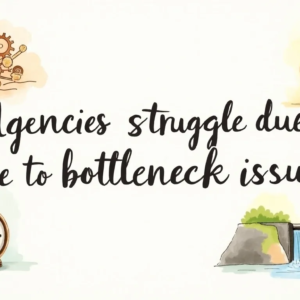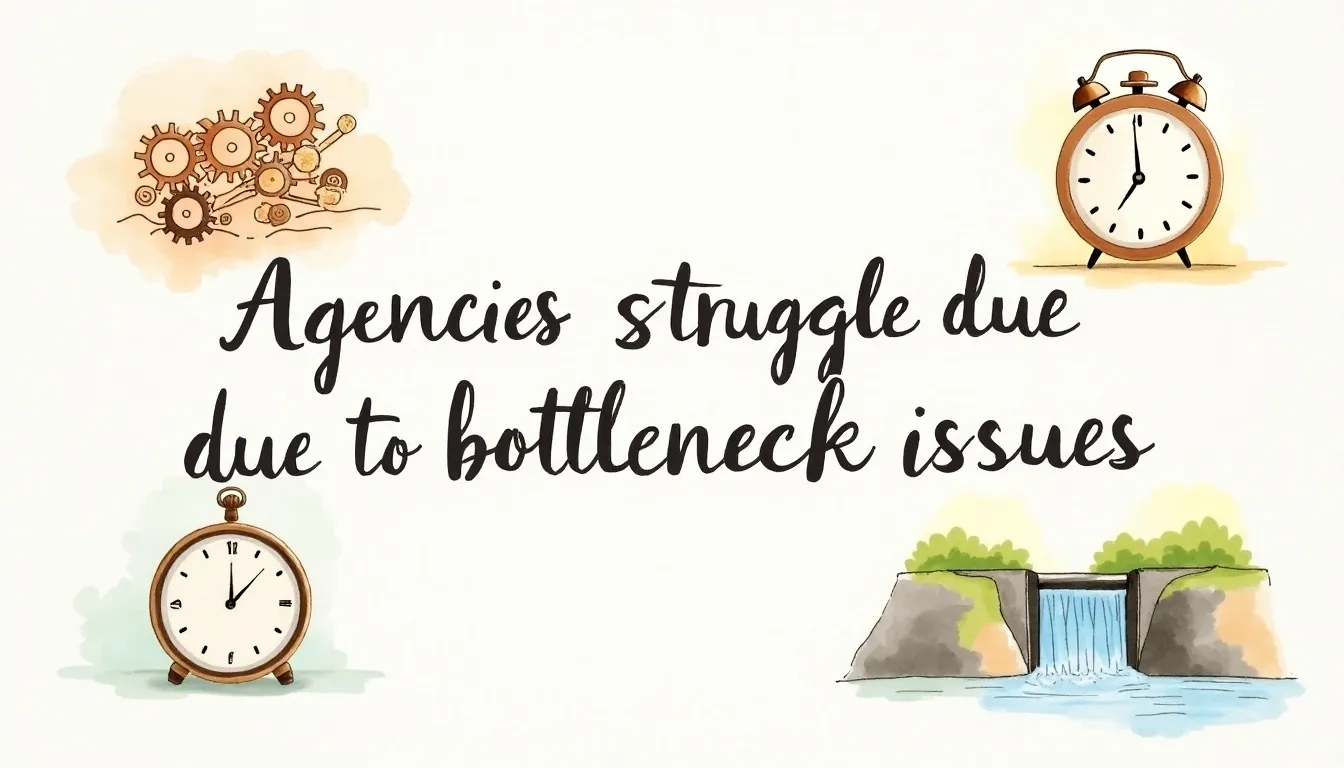Pitch Deck is a great solution for failing businesses. In research of close to 200 blog posts written by startup founders citing their reason for failure, running out of cash was at the second position. Not having enough money to sustain a new business is one of the main reasons why businesses fail. This is why it’s essential to keep the early investments coming.
Draftss has also helped its clients to develop substantial e-commerce platforms with unlimited graphics designs, illustrations, WordPress, HTML, and more for building your website, brand, etc. you can check on our website at draftss.
To get funding for your startup and win over investors, startup founders rely on something called a pitch deck. A pitch deck is like a PowerPoint that tries to gain investor confidence in your product or service and turn, get the necessary funds to kickstart or keep the business afloat.
Before we introduce you to our awesome pitch deck template, let’s take a quick look at what a pitch deck is and what things one needs to include in a pitch deck.
What is a Pitch Deck?
A pitch deck is a presentation delivered to investors to explain your company, the problem you are solving, important milestones, the stage your company is at, and what you’re looking for in terms of investment.
Why are Pitch Decks Important?
Did you know that almost 90% of startups fail? Investing in startups is a risky business. Investors wouldn’t know if your business would still be around in a few years or if they will ever see a return on their investment.
This is why creating an enticing, thought-provoking, attention-grabbing pitch deck is key. Getting that investment could be the difference between your business’s life and death; hence, pitch decks should not be taken lightly.
Pitch decks are an important way of providing a visual representation of your company to investors. Typically, around 10 different categories of information are covered to provide investors with the information they need to ask questions, analyze the markets, and make investment decisions.

Key points to Create a Pitch Deck!
- Title: Pitch Deck
- Message from Founders
- Company Purpose: Describe your company’s purpose in one line. Any novice should be able to understand what your company does with this one line.
- Overview: Point out the major milestones reached thus far.
- Problem: Describe what problems your product or service is going to address?
- Solution: Create a clear and compelling message. Make sure it explains what you do, how you’re different, and most importantly why it’s worth investing in.
- Why Now: Explain recent trends that make your solution important.
- Market Size: Identity/profile the customer segment and its size
- Competition: What are other companies doing in this space and how does your product or service fit in within this landscape?
- Product: What stage is your product at?
- Business Model: Explain your revenue model.
- Go-to-Market Strategy: What is your sales and distribution method? What is your marketing strategy?
- Team: List founders and management
- Financials: Add any financial information like balance sheet, P&L, cash flow, projections, etc.
What to include in your pitch deck
While every business is different, I’ve found that the following format works for most businesses and is most likely to generate interest from potential investors. To get started, download our free pitch deck template, and read on for insight into the importance of the following slides as you develop your deck.
1. Vision and value proposition for Pitch Deck
This is a quick one-sentence overview of your business and the value that you provide to your customers. Keep it short and simple. A great way to think about this slide is to imagine it as a short tweet—describe your business in 140 characters or less in a way your parents would understand.
It’s common for tech companies to make their value proposition a comparison to another well-known company. For example, you see many pitches that start with things like:
This can work, but be careful to make sure your comparison makes sense and you’re not just using a high-profile company like Uber to signify growth potential. Your business model has to truly be similar to the company you are referencing.
2. The problem
If you aren’t solving some problem in the world, you are going to have a long uphill climb with your business.
Use this slide to talk about the problem you are solving and who has the problem. You can talk about the current solutions in the market, but don’t spend too much time on the competitive landscape on this slide—you’ll have a chance to do that later on.
Ideally, try and tell a relatable story when you are defining the problem. The more you can make the problem as real as possible, the more your investors will understand your business and your goals.
3. Target market and opportunity
Use this slide to expand on who your ideal customer is and how many of them there are. What is the total market size and how do you position your company in the market? If you can find the data, investors will want to know how much people or businesses currently spend in the market to get a sense of the total market size. This is where you tell the story about the scope and scale of the problem you are solving.
If it makes sense for your business, you’ll want to divide your market into segments that you will address with different types of marketing and perhaps different types of product offerings.
Be careful with this slide, though. It’s tempting to try and define your market to be as large as possible. Instead, investors will want to see that you have a very specific and reachable market. The more specific you are, the more realistic your pitch will be.
4. The solution
Finally, you get to dive into describing your product or service. Describe how customers use your product and how it addresses the problems that you outlined on slide two.
You’ll be tempted to move this slide closer to the beginning of your pitch deck, but try and resist the temptation. This is classic storytelling where you build up the problem and describe how bad it is for lots of people. Now your product or service is coming to the rescue to help solve that problem.
Most entrepreneurs are very focused on their product when instead they need to be focused on their customers and the problems those customers face. Try and keep your pitch deck focused with this format and you’ll tell a better story.
If possible, use pictures and stories when you describe your solution. Showing is nearly always better than telling.
5. Revenue model or business model
Now that you’ve described your product or service, you need to talk about how it makes money. What do you charge and who pays the bills? For some businesses (content sites, for example), advertisers pay the bills instead of users, so it’s important to flesh out the details here.
You can also reference the competitive landscape here and discuss how your pricing fits into the larger market. Are you a premium, high-price offering, or a budget offering that undercuts existing solutions on the market?

6. Traction and validation/roadmap
If you already have sales or early adopters using your product, talk about that here. Investors want to see that you have proven some aspect of your business model as that reduces risk, so any proof you have that validates that your solution works to solve the problem you have identified is extremely powerful.
You can also use this slide to talk about your milestones. What major goals have you achieved so far and what are the major next steps you plan on taking? A product or company roadmap that outlines key milestones is helpful here.
7. Marketing and sales strategy using Pitch Deck
How are you planning on getting customers’ attention and what will your sales process look like? Use this slide to outline your marketing and sales plan. You’ll want to detail the key tactics that you intend to use to get your product in front of prospective customers.
Finding and winning customers can sometimes be the biggest challenge for a startup, so it’s important to show that you have a solid grasp of how you will reach your target market and what sales channels you plan on using.
If your marketing and sales process is different than your competitors, it’s important to highlight that here.
8. Team
Why are you and your team the right people to build and grow this company? What experience do you have that others don’t? Highlight the key team members, their successes at other companies, and the key expertise that they bring to the table.
Even if you don’t have a complete team yet, identify the key positions that you still need to fill and why those positions are critical to company growth.
9. Financials
Investors will expect to see your financials: sales forecast, income statement (also called profit and loss statement), and cash flow forecast for at least three years.
But, for your pitch deck, you shouldn’t have in-depth spreadsheets that will be difficult to read and consume in a presentation format. Limit yourself to charts that show sales, total customers, total expenses, and profits.
You should be prepared to discuss the underlying assumptions that you’ve made to arrive at your sales goals and what your key expense drivers are.

Remember to try and be realistic. Investors see “hockey stick” projections all the time and will mentally be cutting your projections in half. If you can explain your growth based on traction you already have or compared to a similar company in a related industry, that is extremely useful.
10. Competition
Every business has competition in one form or another. Even if you are opening up an entirely new market, your potential customers are using alternative solutions to solve their problems today.
Describe how you fit into the competitive landscape and how you’re different than the competitors and alternatives that are on the market today. What key advantages do you have over the competition or is there some “secret sauce” that you have and others don’t?
The key here is explaining how you are different than the other players in the market and why customers will choose you.
Over to you!
Impressing investors and getting funding for your startup is tough. However, if you prepare well, are ready with your numbers, and have a solid pitch deck to support your presentation, the sky is the limit.
Using a pitch deck template can significantly reduce the time and effort required to create such presentations, equipping founders with everything they need to be successful. If you need any help with the pitch deck template or want to know how Draftss can help your team, let us know through our contact details below.
You can try out draftss for an excellent experience and increase your product marketing. We provide premium quality services on unlimited graphic designs, WordPress, Webflow, HTML, Illustrations, Websites, Landing pages, Dashboards, App UI/UX, and many more. Here we provide our clients with 73+ types of design and code services.
Cheers!





















